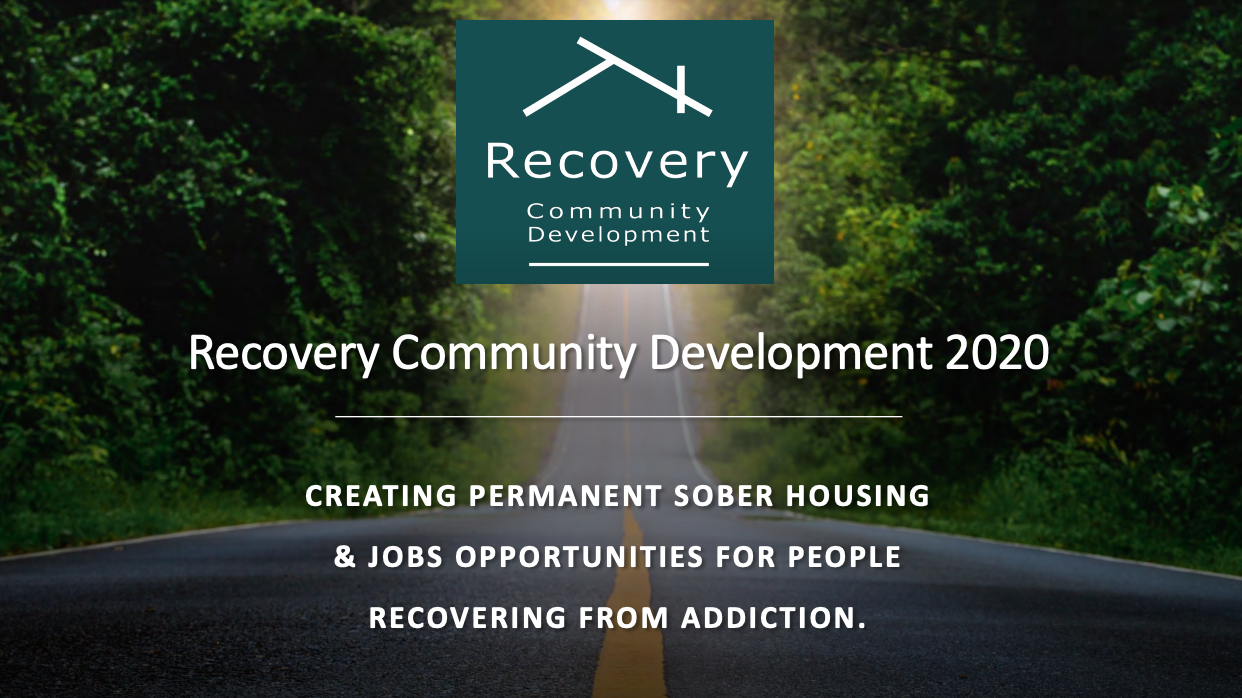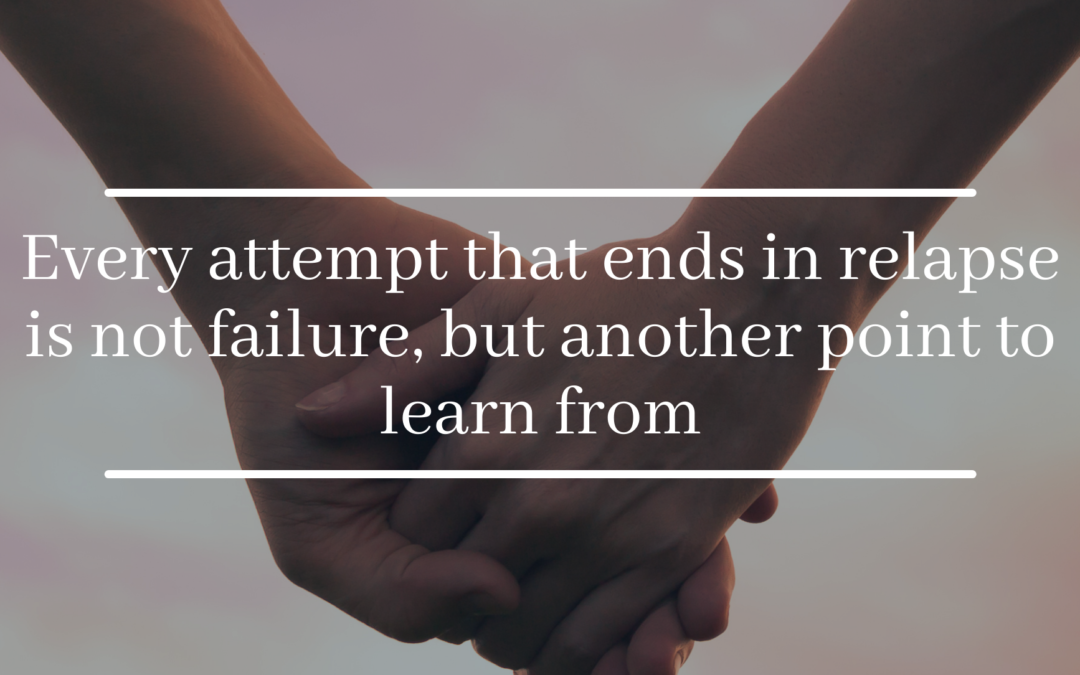The notion that addiction recovery is a pass or fail situation is terribly detrimental to those seeking recovery. Relapse happens – especially when a person with substance use disorder ends up without support and safe community connections. In fact, it is estimated that more than 90% of those in recovery have at least one relapse before achieving long term or sustainable recovery. Relapse after a long term of sobriety can be extremely dangerous however, as tolerance for the given substance wanes yet the memory of the necessary proportions remains firm in the person’s mind. Relapse of this kind can result in overdose and death.
Understanding what to look out for can help both loved one’s and the individual in recovery to steer clear or to get help sooner. To that end, researchers have identified three predictable stages of relapse: emotional, mental, and physical. At each of these benchmarks, there are signs to watch for.
Emotional Relapse
Commonly the first stage, emotional relapse, is when stress, triggers, and difficult situations dredge up emotions and thought patterns that culminated in substance use in the past. Signs of emotional relapse include the following.
Isolation
Avoidance of friends and family, ceasing attendance of support groups, therapy cancellations, and eschewing socialization are all signs of isolating behavior. This kind of behavior can be a big sign for loved ones to look out for.
Sliding Self-Care
When one’s attention to self-care falls to the wayside, there is definitely cause for concern. Though you may not be aware of a loved one’s adherence to therapy, support groups, etc., their state of personal care can be a more obvious indicator that something may be wrong.
Depression and Anxiety
The state of one’s mental health can have a myriad of effects on a person. It is also a major force of impact in regards to relapse. Particularly in the case of anxiety and depression, the risk of relapse when these factors are not being managed is quite high.
Individuals in recovery with co-occurring conditions need treatment for their mental health symptoms as well as addressing substance use disorder in order to quell the urge to self-medicate using substances.
Mental Relapse
Without the ability to address difficult emotions and situations in healthy ways, the tendency of the mind to wander into memories of substance use as an escape escalates. The culmination of which can lead to even planning out a slip-up or relapse.
Romanticizing
Nostalgia for the past is something we all do on occasion. In the midst of mental relapse, these nostalgic meanderings can lead one down the path of memories of old lifestyle choices, and substance use through rose colored glasses. Substance use starts to look a lot more appealing as a coping mechanism when one is able to forget all of the terrible pain, loss, and misery that accompanied it.
Back in the Scene
Participating in activities that are inherently risky, like spending time with people who are actively using, or spending time in places where substance use happened in the past and where one is likely to run into old acquaintances is a huge warning sign.
Undercutting Consequences
Undercutting the dangers of previous behavior surrounding substance use, is a major sign of mental relapse. The idea that moderation will be possible this time around is such a slippery slope and further feeds the notion that a slip is not so bad. It is this rationalization that fuels the development of a plan to follow through with resuming use of a substance.
Addictive Replacements
When one replaces one addictive substance with another, the road towards a physical relapse may be right around the corner. The idea that one addictive substance is better than another can be a tempting one, as can pursuing other destructive behaviors as a replacement for the substance once used. But self medicating to cope with life via another addictive substance, or through compulsive behaviors are not healthy or sustainable options.
Cravings
Repeated substance use has a physical effect on the brain. The research shows definitive proof of these changes which make it harder to abstain from addictive substances once the brain has connected the anticipation of reward to places, people, and situations linked to previous use. Encountering triggers can bring on intense urges to satisfy the ensuing craving.
Physical Relapse
Alas, the final stage of relapse is the actual physical act of using. There are a lot of warning signs that precede this act. It isn’t a simple matter, and it certainly isn’t a personal failing to succumb after tremendous mounting pressure.
Addiction relapse is a sign, not of moral degradation, but of a need for more support. Every attempt that ends in relapse is not failure, but another point to learn from. If you’re a loved one trying to look out for someone struggling with addiction, remember that shame has no place in recovery.
Offering your genuine support for those struggling under the weight of addiction, and contributing to community connections goes so much further. For visual learners, check out this video on the signs of relapse put out by the American Addiction Centers. Having a support network is essential to sustainable recovery. Find out what RCD is doing to support addiction recovery through safe, supported, and affordable sober living homes, as well as job training here.
To find out more about what Recovery Community Development is doing to help individuals in their community heal, connect, and recover, take a look at RCD’s mission and vision. Want to help RCD with their mission? Donate today.

